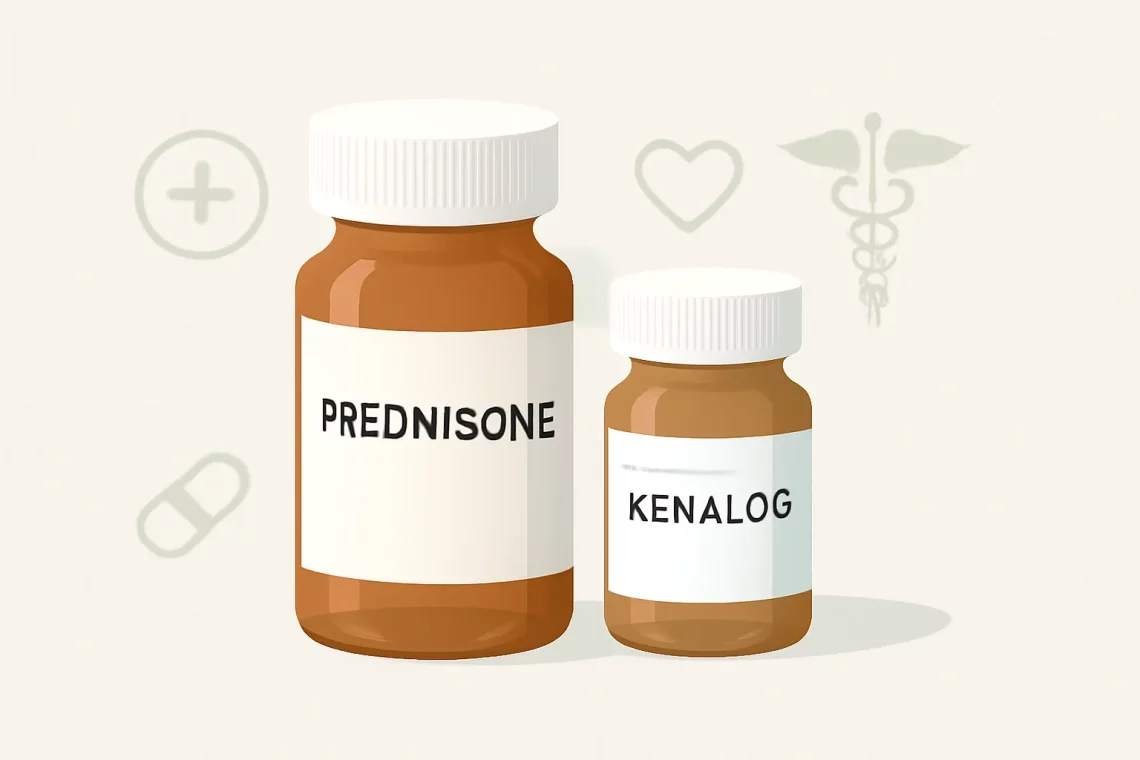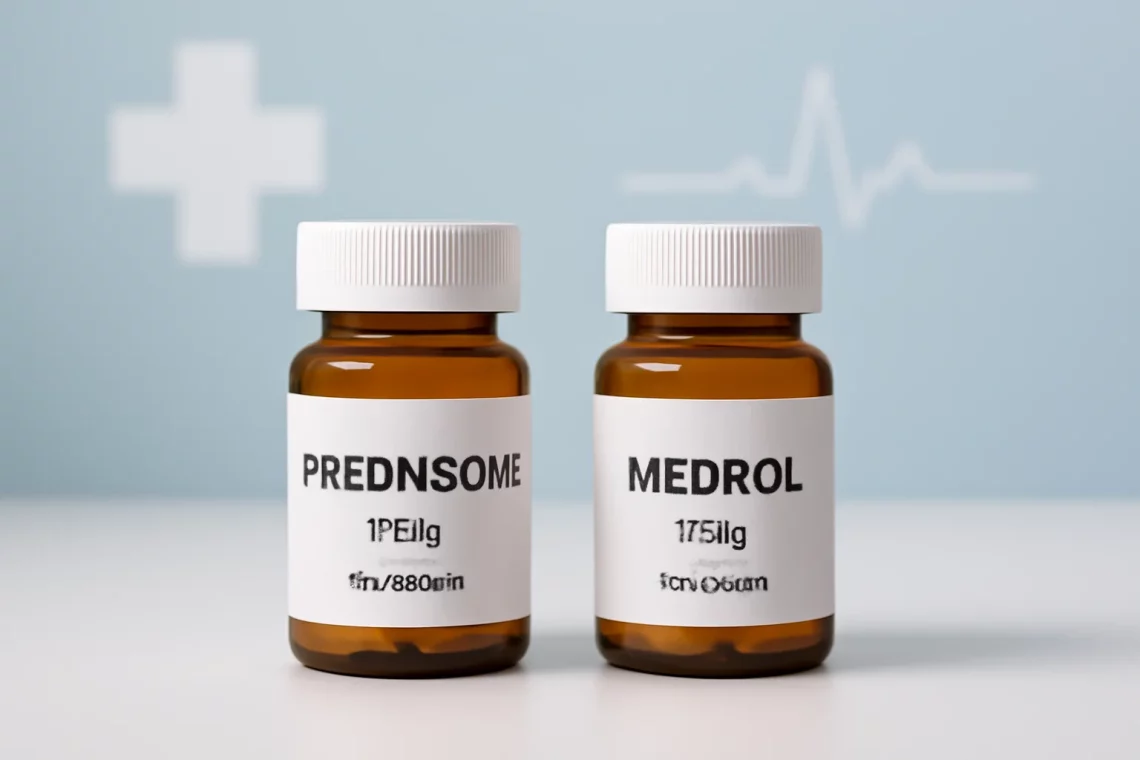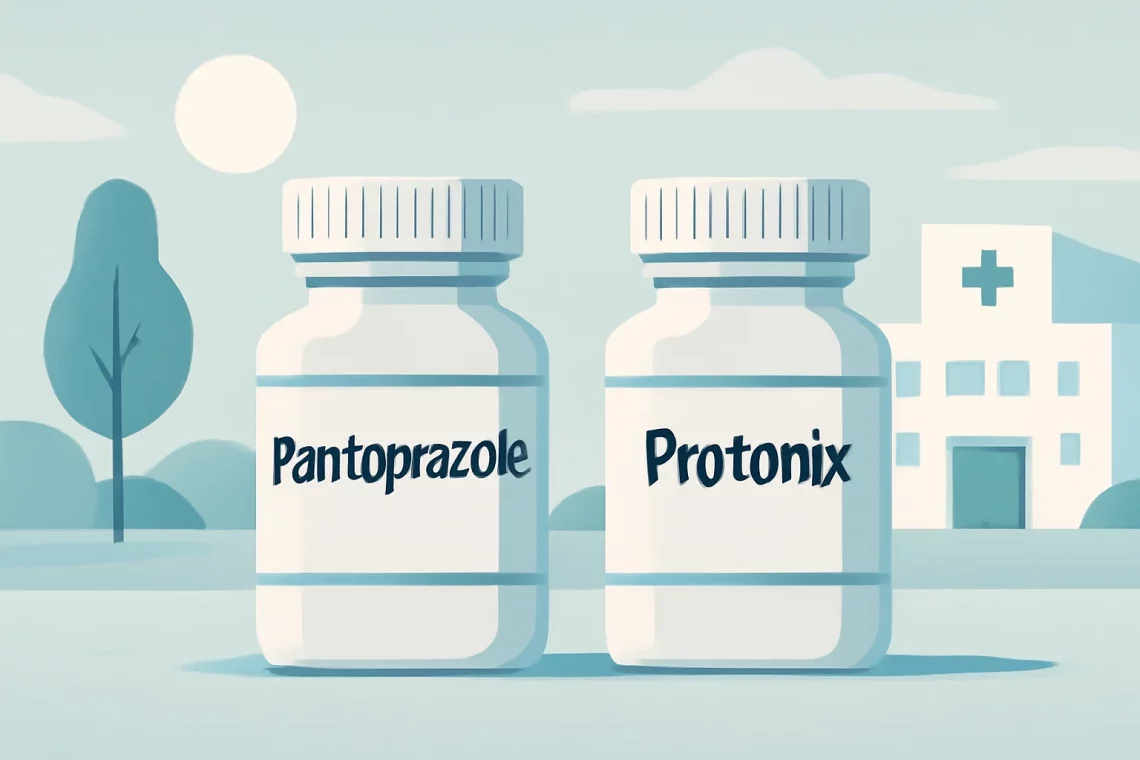-
Loratadine vs Levocetirizine: Which Antihistamine is Right for You?
Allergies can significantly affect daily life, often leading to discomfort and decreased productivity. As the prevalence of allergic conditions continues to rise, effective management through medication has become a priority for many individuals. Among the most commonly prescribed antihistamines, Loratadine and Levocetirizine are frequently considered options for alleviating allergy symptoms. These medications serve as first-line treatments for allergic rhinitis and other allergic reactions, but they differ in several key aspects, including their chemical structure, efficacy, side effects, and dosage recommendations. Understanding these differences is essential for patients and healthcare providers alike, as it can guide them in making informed decisions regarding the most suitable treatment option. As we delve into…
-
Dexmethylphenidate vs Methylphenidate: Key Differences Explained
Dexmethylphenidate and methylphenidate are two medications commonly used to treat attention deficit hyperactivity disorder (ADHD) and narcolepsy. Both drugs belong to the class of stimulants and are known for their ability to enhance focus, attention, and impulse control. While they share many similarities in terms of their mechanisms of action, chemical structures, and therapeutic uses, there are key differences that can influence a physician’s choice between the two. Understanding these differences is crucial for patients, caregivers, and healthcare providers alike. The popularity of these medications has surged in recent years, leading to increased awareness and discussions around their efficacy, potential side effects, and the implications of their use. As mental…
-
Loratadine vs Claritin: Key Differences You Should Know
Loratadine and Claritin are terms often used interchangeably in discussions regarding the management of allergy symptoms. For many, particularly those suffering from seasonal allergies or allergic rhinitis, understanding the nuances between these two names can be critical in making informed decisions about their health. As a second-generation antihistamine, loratadine has gained popularity for its effectiveness in alleviating allergy-related symptoms such as sneezing, runny nose, and itchy eyes. However, Claritin, which is a brand name for loratadine, has also carved out a significant place in the market, leading to some confusion among consumers about their differences. The landscape of allergy medications is vast, with countless options available that promise relief from…
-
Prednisone vs Kenalog: Key Differences and Uses Explained
Prednisone and Kenalog are two medications often utilized for their anti-inflammatory and immunosuppressive properties. While both drugs can be effective in treating a variety of conditions, they differ significantly in their composition, mechanisms of action, and the specific situations in which they are used. Understanding these differences is crucial for patients and healthcare providers alike, as it can significantly influence treatment decisions. Prednisone is a synthetic corticosteroid that mimics the effects of cortisol, a hormone produced by the adrenal glands. It is widely prescribed for conditions such as asthma, allergies, arthritis, and autoimmune diseases due to its ability to reduce inflammation and suppress the immune system. On the other hand,…
-
Prednisone vs Medrol: Key Differences and Uses Explained
Prednisone and Medrol are two widely used corticosteroids that play a significant role in the treatment of various medical conditions. Both medications are synthetically derived from naturally occurring hormones produced by the adrenal glands, and they possess powerful anti-inflammatory and immunosuppressive properties. The use of corticosteroids has become increasingly common in modern medicine, providing relief for patients suffering from autoimmune disorders, allergies, asthma, and a range of other inflammatory conditions. However, despite their similarities, Prednisone and Medrol exhibit distinct pharmacological profiles, dosing regimens, and side effect profiles that can influence their effectiveness and safety in individual patients. As patients and healthcare providers navigate the complexities of these medications, understanding the…
-
Pantoprazole vs Protonix: Key Differences and Similarities Explained
Pantoprazole and Protonix are both medications that belong to a class of drugs known as proton pump inhibitors (PPIs). These medications are commonly used to treat conditions related to excessive stomach acid production. The use of PPIs has gained popularity due to their effectiveness in providing relief from symptoms associated with gastroesophageal reflux disease (GERD), peptic ulcers, and other gastrointestinal disorders. As more individuals seek effective treatment for their acid-related conditions, understanding the differences and similarities between various PPIs becomes essential. Patients often look for medications that not only alleviate their symptoms but also come with manageable side effects. In this context, Pantoprazole and Protonix have emerged as two noteworthy…
-
Azithromycin vs Cipro: Understanding Their Differences and Uses
The world of antibiotics is vast and complex, with many options available to treat various bacterial infections. Two commonly prescribed antibiotics, Azithromycin and Ciprofloxacin, represent distinct classes of medications that serve specific purposes in fighting infections. Both drugs have unique mechanisms of action, side effects, and spectrum of activity, making them suitable for different types of bacterial pathogens. Azithromycin, a macrolide antibiotic, is often favored for its ability to treat respiratory infections, skin infections, and some sexually transmitted diseases. Its convenient dosing schedule and relatively mild side effect profile make it a popular choice among healthcare providers. On the other hand, Ciprofloxacin, a fluoroquinolone, is known for its broad-spectrum activity…
-
Ultra Thin vs Bareskin Trojan: Which Condom Offers Better Sensation?
When it comes to intimate experiences, the choice of protection can significantly impact pleasure and safety. Condoms have long been a staple in sexual health, providing an effective barrier against sexually transmitted infections (STIs) and unintended pregnancies. However, not all condoms are created equal, and the quest for enhancing sensation has led to the development of various types. Among these, the Ultra Thin and Bareskin Trojan condoms are two popular options that many couples consider. Each promises a unique experience, leveraging advanced materials and design to maximize sensitivity while maintaining reliability. Understanding the differences between these two types can help individuals make informed decisions that align with their preferences and…
-
Nood vs Ulrike: Understanding the Key Differences and Similarities
The exploration of concepts, identities, and personal philosophies has always been a compelling topic across various fields. In today’s world, where individuality and personal branding are at the forefront, understanding the nuances between different personas can offer profound insights. Two names often discussed in this context are Nood and Ulrike. Each represents a unique perspective and set of values that resonate with distinct audiences. As we navigate through the intricacies of their identities, we can uncover the underlying themes that define their approaches to life, creativity, and interaction with the world. The essence of Nood and Ulrike encapsulates more than just their names; it embodies a larger dialogue about self-expression,…
-
Nood vs Ulike: Understanding the Key Differences and Benefits
In today’s rapidly evolving technological landscape, the tools and platforms we choose can significantly impact our daily lives, especially when it comes to personal care and wellness. As we navigate through an abundance of options, understanding the nuances of various brands and products becomes essential. Among these, Nood and Ulike have emerged as prominent players in the beauty and personal care market, each offering unique solutions for skincare and hair removal. Both brands are designed to cater to the modern individual seeking effective and convenient methods for personal grooming. However, as consumers begin to delve deeper into their choices, the need to comprehend the distinct features and benefits of each…






































